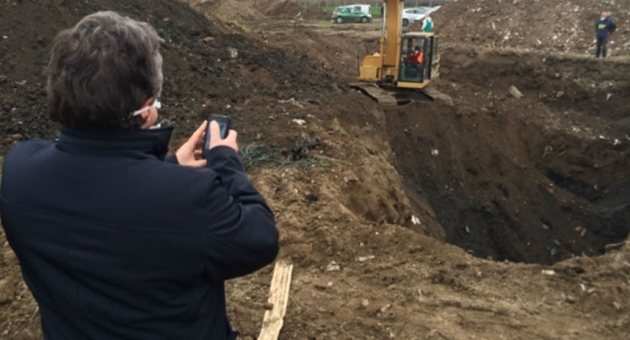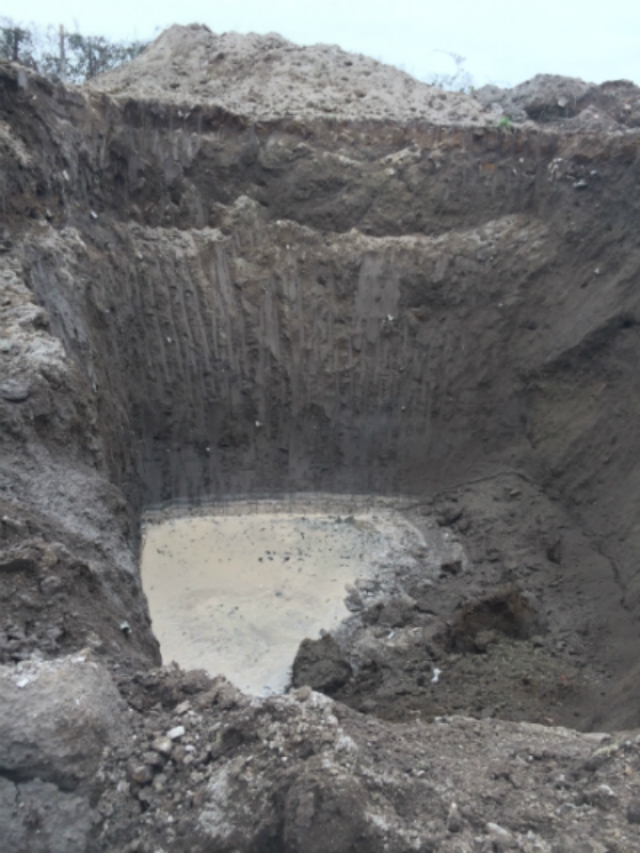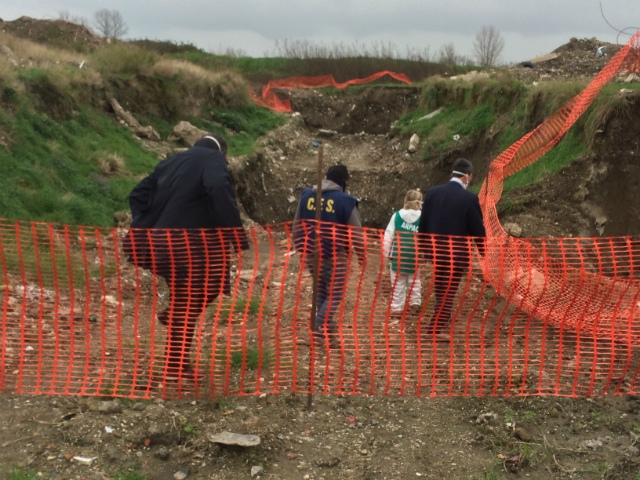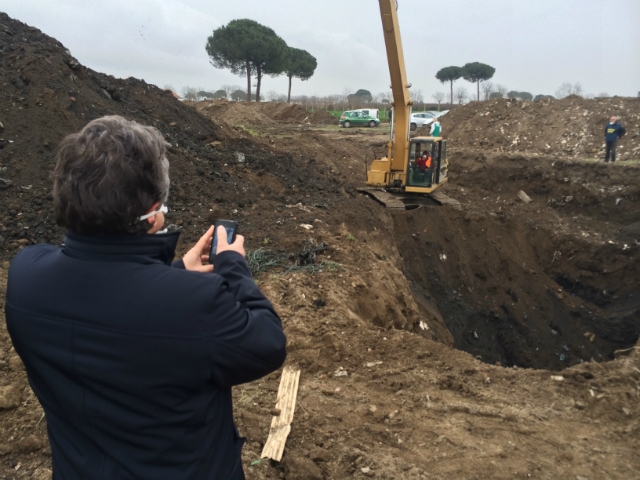Temple researcher’s work spotlights cancer threat in Italy

Growing up in Naples, Italy, Antonio Giordano was aware of the health hazards that resulted from unregulated industries and decades of illegal toxic-waste dumping in Italy’s Campania region, the fertile agricultural areas that surround Naples.
In the 1970s, his father, Giovan Giacomo Giordano—an oncologist and a pathologist—published Health and Environment in Campania, the first white paper detailing the link between unregulated industries such as chemicals, paint, steel and asbestos in the regions around Naples and an increase in tumors among the population.
“My father’s revelations created political turmoil, because they revealed for the first time the link between the industries, the Camorra mafia illegally dumping their toxic waste and the politicians who were silently protecting them both,” said Giordano, director of the Sbarro Institute for Cancer Research and Molecular Medicine at Temple. “So his work was largely ignored for years.”
The illegal dumping and burning of toxic waste by the Camorra, a mafia network born in the Campania region, continued for decades, unchecked by the governmental, medical and scientific communities.
But Giordano never forgot his father’s work, and for the past 10 years he has been collaborating with Italian scientists examining Campania’s ever-increasing cancer rates.
Giordano has studied the links between the environment and the disease for 15 years. He cites personal and scientific reasons for his drive to take up the Campania study. “My origins are there; my father was my mentor; and I’m interested in the environmental link that could trigger cancer,” he said.
Ignazio Marino, the mayor of Rome and a former surgeon at Thomas Jefferson University in Philadelphia, assisted Giordano by providing vital access to electronic data files of Campania cancer patients.
“Forty thousand breast-cancer records, reported by the Italian government-funded registry of tumors, were missing,” Giordano said. “But the records did reflect a breast-cancer increase that was 47 percent higher for women in Campania compared to anywhere else in Italy. That data was really explosive.”
Several papers co-authored by Giordano and his collaborators have highlighted Campania’s higher rates of cancer, cancer deaths and birth defects, and focused an international spotlight on the region and its illegal toxic dumps.
“Our work has been critical in giving an independent scientific voice to the local activists who have long been trying to fight this illegal dumping,” said Giordano, who published Campania, Land of Poison as a followup to his father’s book. “The credibility of our science gave them the strength to fight the government’s lies.”
Thanks in part to Giordano and his collaborators, the Italian government has acknowledged the severity of the problems in Campania by going after the Camorra and taking initial steps to identify and clean up the toxic dumps.
And Giordano has received a letter from Italian President Giorgio Napolitano.
“Thanks to independent studies such as yours, and those of your father before you, we have been made aware of the seriousness of this phenomenon and how it needs to be addressed,” Napolitano wrote. “I therefore wish to express my appreciation of your scientific work and your commitment to improving the quality of life in our region.”


